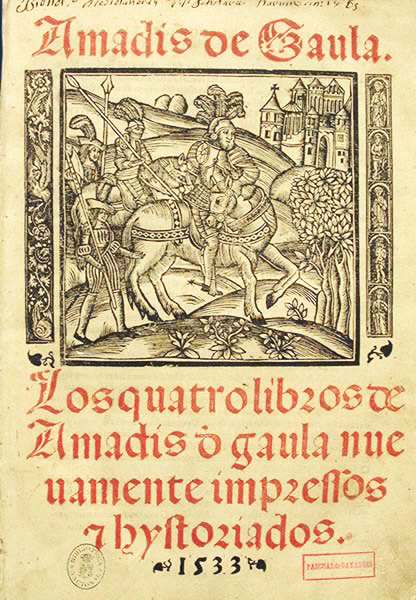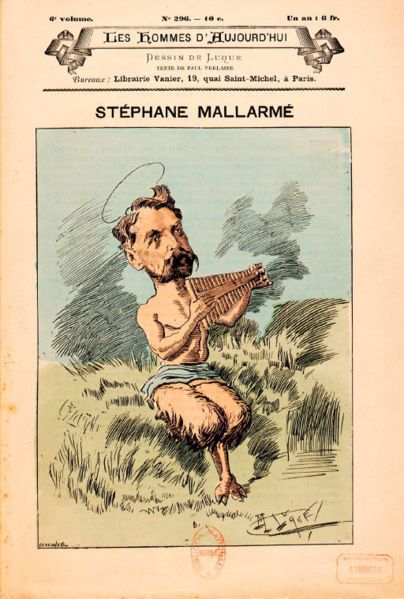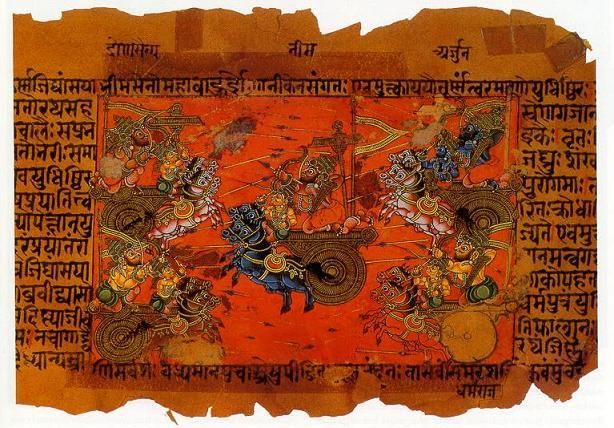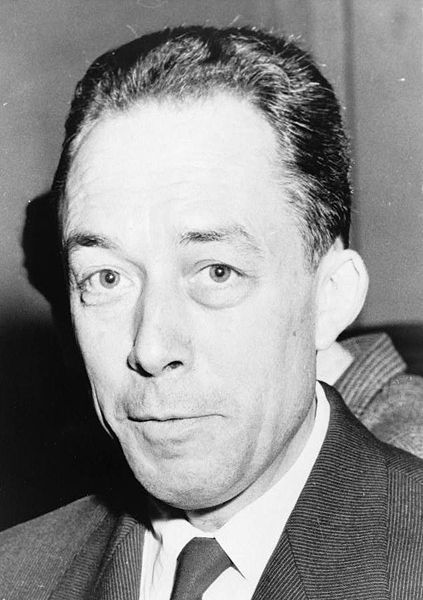- Asian Literature
- French Canadian Literature
- French Literature
- German Literature
- Hebrew Literature
- Italian Literature
- Latin American Literature
- Miscellaneous European Literature
- Miscellaneous European Literature: Biographies
- Miscellaneous French Literature
- Miscellaneous World Literature
- Russian and Eastern European Literature
- Scandinavian Literature
- Spanish and Portuguese Literature




